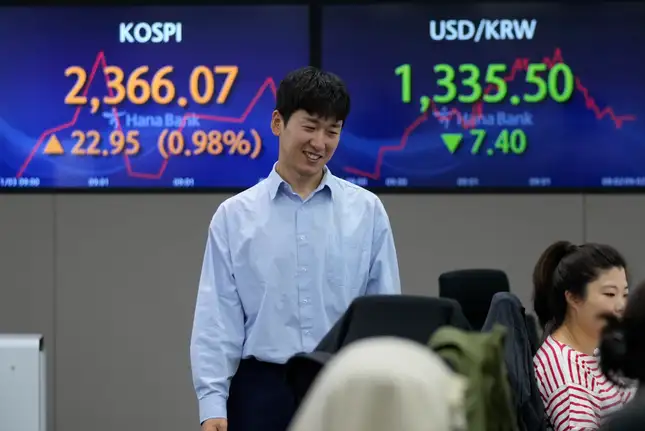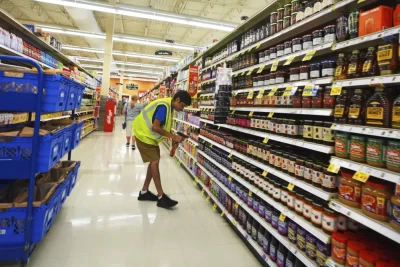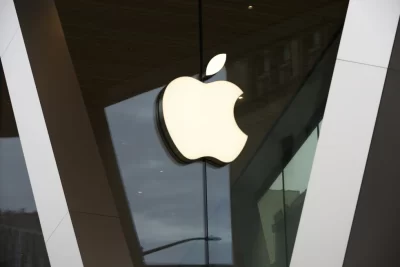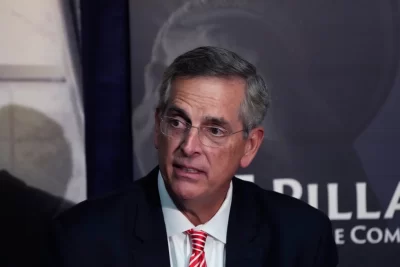
Asian shares advanced on Friday after Wall Street roared higher on bets that market-rattling interest rate hikes are coming to an end.
Hong Kong’s Hang Seng added 1.2% to 17,296.34, while the Shanghai Composite edged 0.1% higher to 3,026.32. Tokyo markets were closed for a holiday.
In China, a services industry survey showed a slight improvement in October, though retail sales hit its lowest level in 10 months. Similar surveys for the manufacturing sector released early this week showed more sluggish market conditions overall.
Australia’s S&P/ASX 200 gained 1.2% to 6,978.40. South Korea’s Kospi surged 1% to 2,367.53. India’s Sensex was 0.8% higher and Bangkok’s SET rose 0.6%.
Hopes that the Federal Reserve may finally be done with raising rates after it opted to keep its benchmark rate unchanged pushed shares higher around the world on Thursday.
On Wall Street, the S&P 500 leaped 1.9% Thursday to 4,317.78 for its fourth straight winning day. It’s already up 4.9% this week and on pace for its best week in nearly a year.
The Dow Jones Industrial Average jumped 1.7% to 33,838,08, and the Nasdaq composite climbed 1.8% to 13,294.19.
Longer-term Treasury yields fell. The yield on the 10-year Treasury dropped to 4.66% on early Friday from 4.67% and from more than 5% last week, when it reached its highest level since 2007.
Lower yields provide oxygen across financial markets. They make it easier for businesses and households to get loans, encourage investors to pay higher prices for stocks and reduce the pressure on the entire financial system.
However, Fed chair Jerome Powell warned after the policy announcement Wednesday that if the 10-year yield ends up falling too far and reigniting pressure on inflation, the central bank might end up needing to hike rates again.
One preliminary report Thursday said U.S. businesses produced more stuff during the summer than the number of hours worked increased, indicating they became more efficient. Such productivity gains could ease pressure on inflation while helping the economy to grow.
A separate report said slightly more U.S. workers applied for unemployment benefits last week than expected. That’s bad news for those workers, but a cooler job market also could relieve price pressures.
Big U.S. companies, meanwhile, continue to report better profits for the summer than analysts expected.
Eli Lilly’s stock rose 4.7% after the drug maker said it benefited from soaring sales for its blockbuster diabetes treatment, Mounjaro, which is widely used for weight loss.
Starbucks jumped 9.5% after reporting stronger profit and revenue for the latest quarter than Wall Street forecast.
Also on Thursday, Cedar Fair and Six Flags said they’ll merge to create an expansive amusement park operator with operations spread across 17 U.S. states and three countries. Their stocks were mixed, but both remain up more than 7% this week after rumors of the deal spread.
On the losing end of Wall Street was Moderna, which sank 6.5% after reporting a much worse loss for the latest quarter than analysts expected.
More swings could be coming for Wall Street. The latest monthly update on the U.S. jobs market, due later Friday, is expected to show a slowdown in hiring for October.
Oil prices were steady after experiencing wild swings this week. A barrel of benchmark U.S. oil rose 18 cents to $82.68 in electronic trading on the New York Mercantile Exchange. It added 90 cents to settle at $81.34 per barrel on Thursday. Brent crude, the international standard, gained 15 cents to $87.00 per barrel.
In currency trading, the U.S. dollar fell to 150.31 Japanese yen from 150.44 yen. The euro cost $1.0627, up from $1.0620 late Thursday.
___
AP Business Writer Stan Choe contributed.







